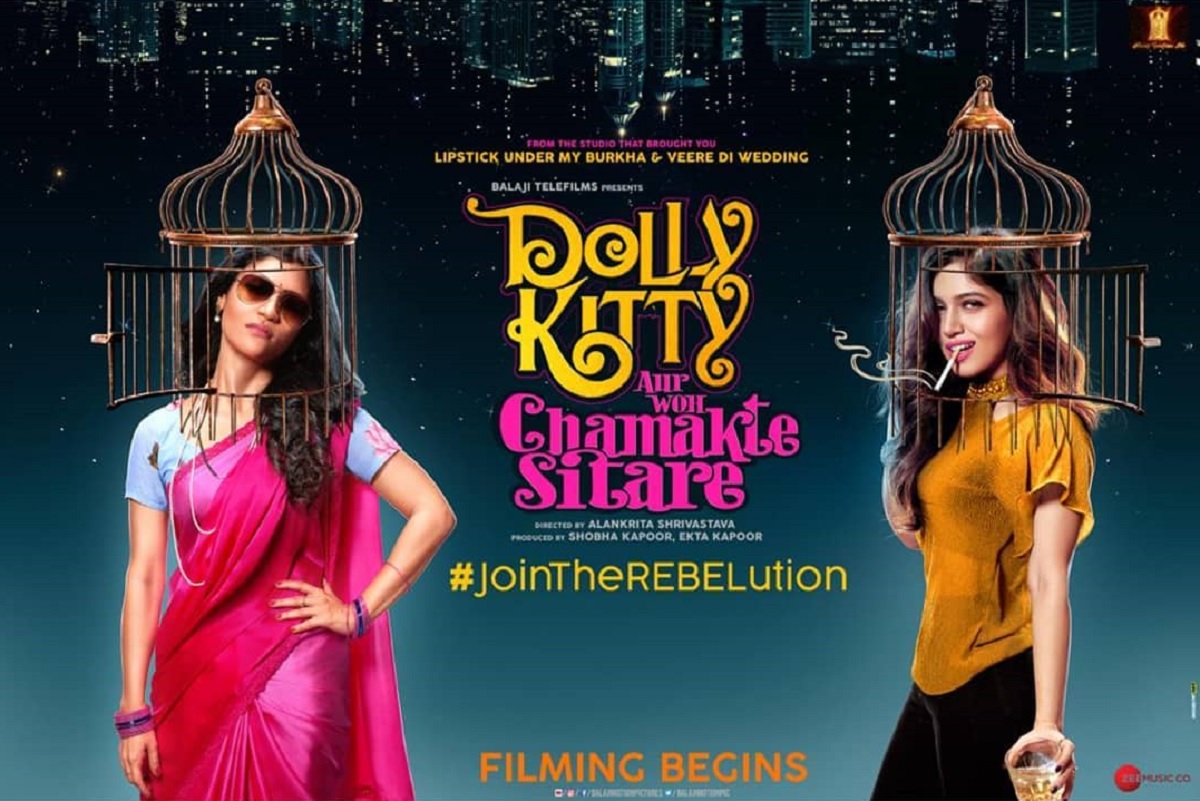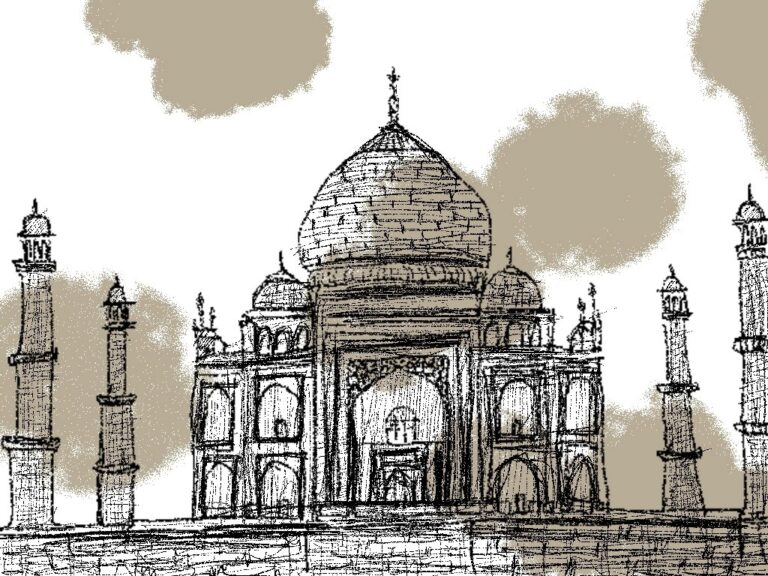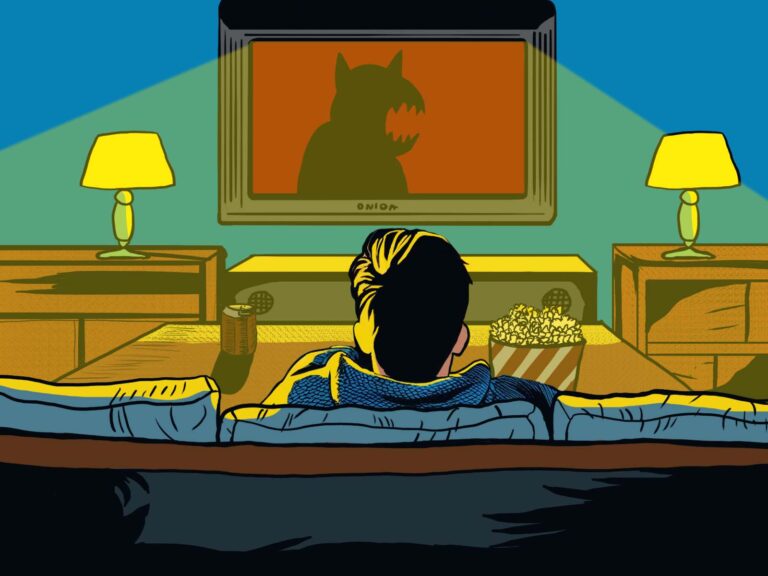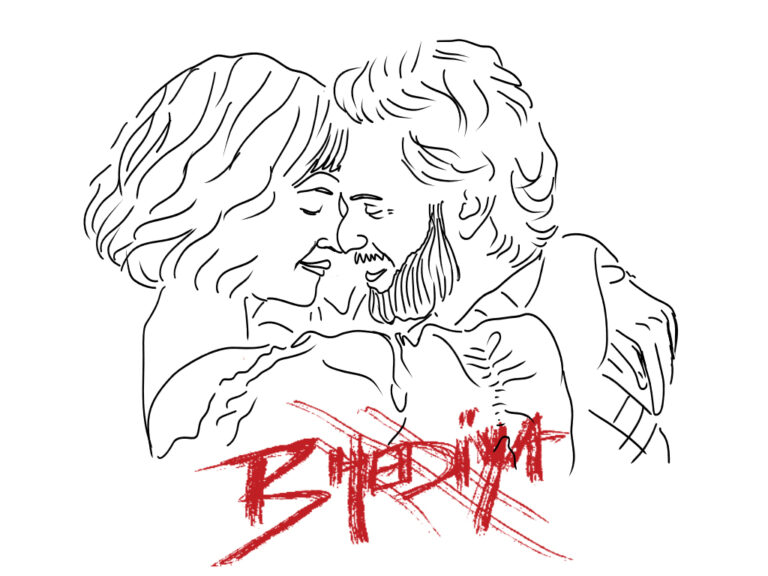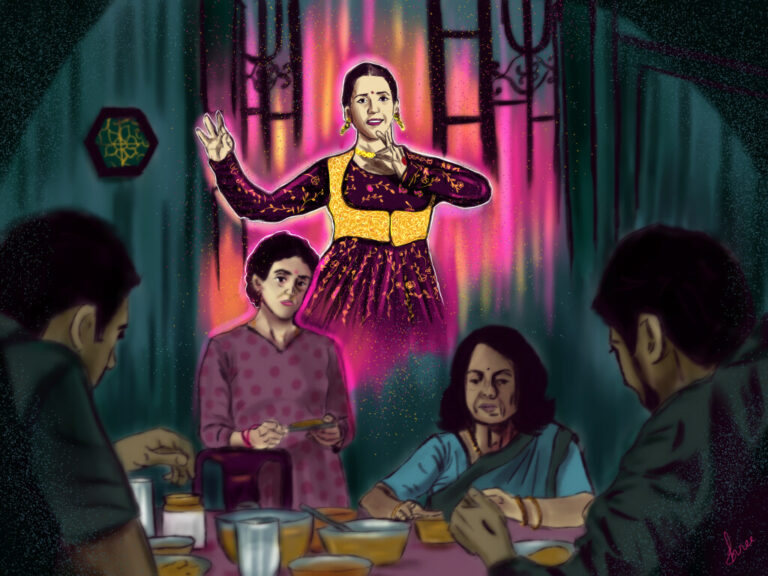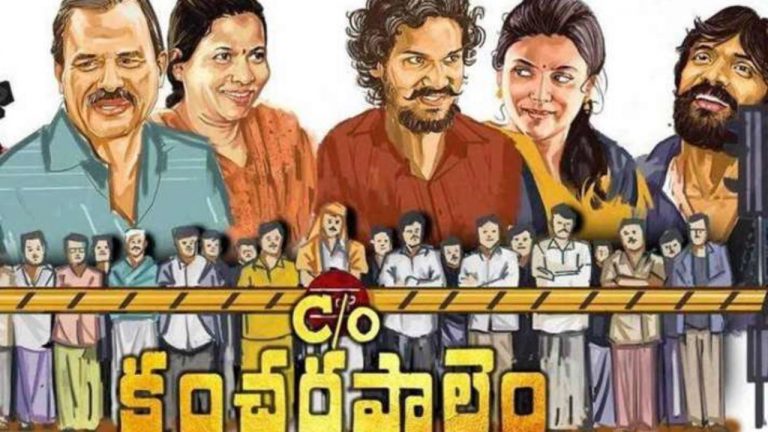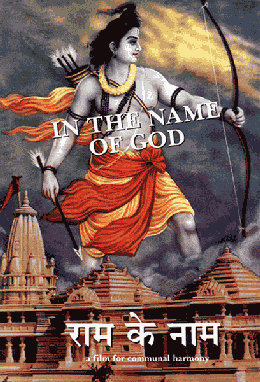Film Review: Dolly Kitty Aur Woh Chamakte Sitare
Vedika Gupta is an aspiring Air Warrior who writes in her spare time. She is as passionate about cinema, gender and travel as she is about her hazelnut cappuccino.
[Spoilers alert]
It takes extensive cognizance of the umpteen shades, nuances and thoughts of women to make a women-centric film. Especially one that unnerves us, while simultaneously educating and filling us up with the urge to do or feel something.
Alankrita Shrivastava’s Dolly Kitty Aur Woh Chamakte Sitare is a massive web of hide-and-seek. Both characters and plot line pivot on appearances and are propelled by constant enshrouding and revealing. Even the poster of the film showcases the leads inside a cage with a small opening, symbolic to the lives they lead and the openings that they and the film explore.
The film traces the intricacies of the seemingly ordinary lives of Dolly or Mrs. Yadav and her younger sister Kaajal. How true internally is the external entrapping of being a modern, free woman in the 21st century? Dolly is a mother of two, with a typical clerical job wherein her role is highlighted by her constant tea-making and serving ritual. We are never invited to understand the nature of her job, or what the company does, but that is the point isn’t it? Her womanly duties, even in the work sphere take the forefront. Back at home, while the pretense of a happy married life goes on, the couple actually experiences sexual dysfunction as Dolly fails to feel any pleasure during their encounters. When asked by her husband “Kaisa lag raha hai?”, she says, “Kuch mehsoos hi nahi ho raha hai”. While this can be taken literally, it is also symbolic of how numb such performances make women–of how ingrained the act becomes, that one forgets how to freely feel. Dolly then has a meet-cute with Osman Ansari, a food delivery boy who makes her embrace her vulnerabilities and later overcome them.
On the other end of the spectrum is Kaajal, who shifts to Greater Noida from Darbhanja, Bihar to chase those greater aspirations. She starts working at a shoe manufacturing factory but quits her job when the owner doesn’t grant her an advance and says “factory worker hain, ghulaam nahin”. This centres in on Kaajal’s work ethic and sense of pride, which is later explored in how gracefully she talks about working at Red Rose app. She doesn’t look down upon it, merely because that is propagated in society making it the norm. Adopting the name “Kitty” to converse with clients, is allegorical to the performative aspect of the lives of women. In a squabble with Dolly, she says, “kya kiye hain life mein?”, furthering her character into being one that desires to experience life wholly. She doesn’t shy away from learning the ropes at work or pursuing her romantic interests.
Desire is that what is sought after, hence what is first hidden. The “sitare” in the film are these far-off (un)fulfilled dreams and desires that the characters embark on voyaging through. It harks back to the latest consumer-service provider relationship of awarding stars to determine worth or quality –another parallel to the Dolly-Ansari angle. In a telephonic conversation between Kitty/Kaajal and her lover, she mentions how “sitare toh raat ke andhere mein hi chamakte hain”. This could be seen as a direct link to the title of the film, or analogical to the idea of how one overcomes and shines through, after their darkest or toughest times in life.
Shrivastava’s progressive aims are never in doubt. The film is tinted with exploring female sexuality, be it through the characters’ personal lives or the attempt to flip over an online app catering to a man’s sexual needs, to a woman-centric app. The presence of an OBC family, a Muslim roommate in a Christian-run hostel, and a Muslim delivery boy exhibit heterogeneity of demographics that is much desired.
It is unusual for a Hindi multi-starrer film to explore issues like fluid sexuality (of the child), the mundaneness of sex –such as the bloodstain removing scene and a woman’s libido. The film is set in Greater Noida, a city at the edge of the capital and metropolitan Delhi, always striving to ape it. Dolly’s house is stuffed with furniture, a romp of spectacle and desperation. A sign of existing, but not quite –much like Greater Noida itself.
It is the little moments in the film that tug at one’s heart’s strings. Dolly and Kaajal discuss how it’d be great if there existed an app for women that would provide the same service (of telephonic romantic/sexual conversations) that the Red Rose app provides for men. That takes form in the penultimate scene of the film where Kaajal speaks to the media. Dolly and Ansari discuss what to write on his tombstone, later revealed as foreshadowing his death. The film ends by Dolly placing a hairband on her son, an act of embracing the flux of his/her sexual identity. The story thus bears traces of liberal ideas and a feminist soul.
The film doesn’t look at these women from the outside. It tries seeing everything as the characters see it. That is how it breaks the stereotype. It makes the point of view more sensitive and intimate, thus employing empathy and looking at them without the lens of judgement. We put women in boxes, that is why cinema puts women in boxes. In this film though, unironically directed by a woman, these women step outside the frame and paint their own pictures. Dolly ends up renouncing her husband, an act that women are vilified for in the Indian society. Kaajal continues her endeavours with Red Rose app, a kind of job that amounts to “naak katwana” for the Indian demographic.
A lot goes on in the busy film, and several elements seem to have been lifted off prevalent scandals and issues — Hindutva goondas earmarking couples, call centres doubling as phone sex service providers and sketchy clinics with surrogate mothers. The movie tries hard to be an umbrella bringing together several concepts, but fails slightly due to a loose script and vagueness in implementation. Despite that, there is no denying the fact that such films open avenues for discussion and dialogue around tricky subjects often masqueraded in society. Dolly Kitty Aur Woh Chamakte Sitare is an unconventional film, because it addresses things that are often veiled. It addresses regular issues women face, but the very act of addressing them is what is uncustomary.
I’d give the film a few chamakte sitare.
Featured Image Credits: @bhumipednekar on Instagram


